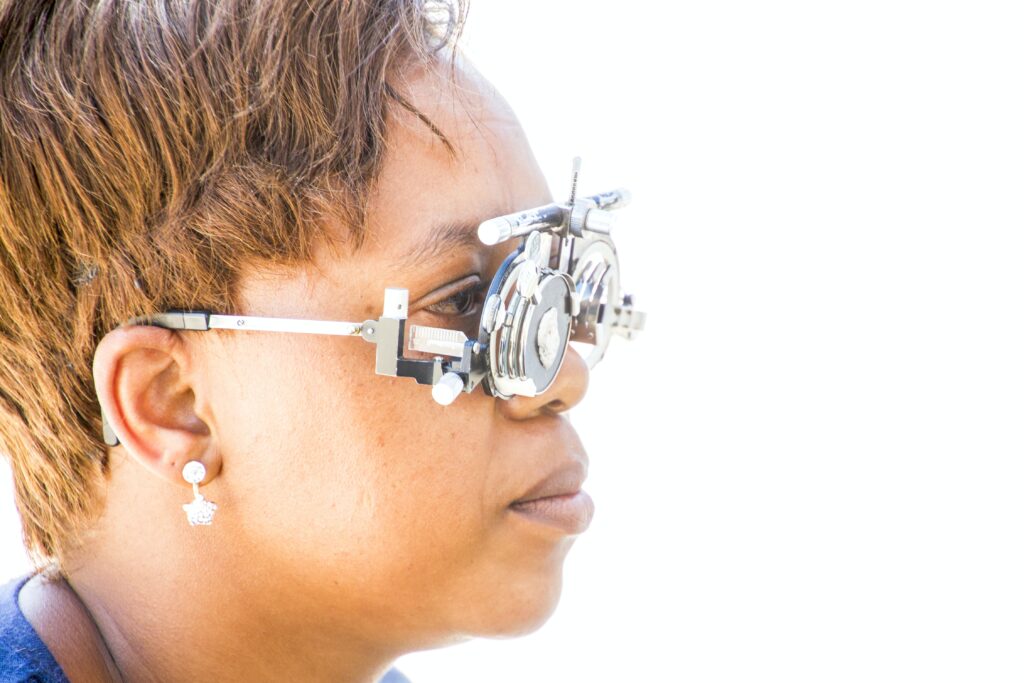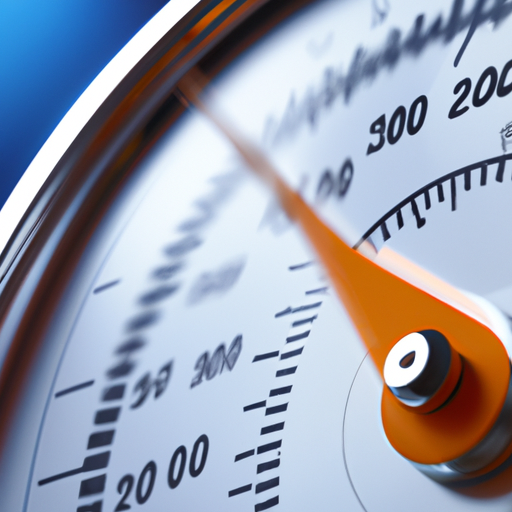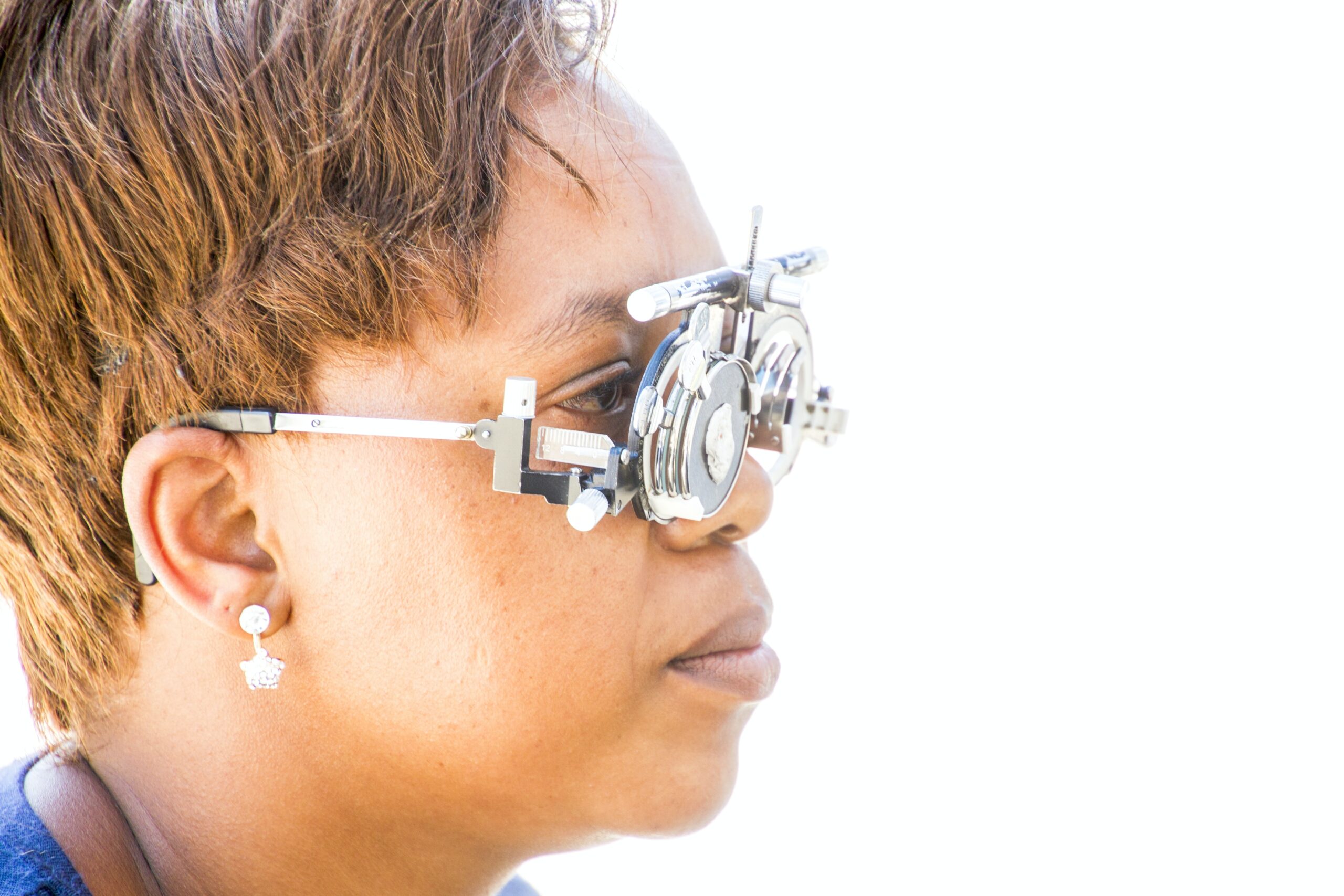If you’ve ever wondered about the reliability of your pressure canner’s gauge, you’re not alone. The accuracy of this crucial tool can greatly affect the success and safety of your food preservation. So, how can you ensure that your pressure canner’s gauge is giving you the right readings? In this article, we will delve into easy and effective methods to test the accuracy of your pressure canner’s gauge, allowing you to confidently continue your canning adventures. Stay tuned to discover the simple steps that can make a big difference in your canning experience.
Testing the Pressure Canner’s Gauge
Understanding the Importance of Accuracy
When it comes to pressure canning, accuracy is of utmost importance. The pressure canner’s gauge is a critical component that ensures the proper and safe processing of your canned goods. Without an accurate gauge, you run the risk of under-processing or over-processing your food, leading to potential spoilage, botulism, or other safety hazards. Therefore, regularly testing your pressure canner’s gauge is crucial to ensure the reliability of your canning process and the safety of your preserved foods.
Equipment You Will Need
Before we dive into the testing methods, let’s gather the necessary equipment:
- Pressure canner: This is the main apparatus that you use for canning your foods under pressure. Ensure that your canner is clean and in good working condition before testing the gauge.
- Boiling water: Method 1 requires boiling water to check the accuracy of the gauge. Make sure you have enough water to fully submerge the pressure canner’s gauge.
- Weighted gauges: Method 2 involves using different weighted gauges to test the accuracy of the pressure canner. Ensure you have a set of these gauges on hand.
- Dial gauge: Method 3 requires a dial gauge to check the accuracy. If your pressure canner has a dial gauge, be sure to have it ready for testing.
Now, let’s explore the three different methods to test the accuracy of your pressure canner’s gauge.

Method 1: Boiling Water Method
Step 1: Preparing the Pressure Canner
Start by ensuring that your pressure canner is clean and free from any debris. Follow the manufacturer’s instructions for assembly, if necessary, and make sure the sealing ring is in good condition. Additionally, check that the pressure relief valve is functioning properly. Once your canner is prepared, move on to testing the gauge.Offering popular women’s necklaces such as pendants, chokers and chain necklace. Shop for jewelry in a variety of metals and gemstones to suit any occasion
Step 2: Testing the Gauge with Boiling Water
Fill your pressure canner with enough boiling water to fully submerge the gauge. Avoid putting the lid on the canner for this test. Place the canner on a heat source and allow the water to come to a rolling boil. Monitor the temperature carefully.
Step 3: Comparing the Gauge Reading
Once the water reaches a rolling boil, the pressure inside the canner will increase. Look at the gauge and note the pressure reading. Compare it to the known boiling point of water at your current altitude. Ideally, the gauge should read 100 degrees Celsius (212 degrees Fahrenheit) at sea level. If the reading is significantly off, you may need to recalibrate or replace the gauge.

Method 2: Weighted Gauge Method
Step 1: Preparing the Pressure Canner
Just like in Method 1, ensure that your pressure canner is clean and free from any debris. Follow the manufacturer’s instructions for assembly, if required. It’s crucial to have a properly prepared canner for accurate testing.
Step 2: Selecting the Appropriate Weighted Gauge
Different weighted gauges correspond to different pressure levels. Check your pressure canner’s manual or consult reputable sources to determine the correct gauge weight for your desired pressure level. Insert the appropriate weighted gauge onto the pressure canner lid.
Step 3: Testing the Gauge Accuracy
Follow the manufacturer’s instructions on how to bring your pressure canner up to the desired pressure level. Once the canner has reached the target pressure, observe the weighted gauge to ensure it aligns with the desired pressure level. If it doesn’t align, you may need to adjust or replace the weighted gauge to maintain accuracy.

Method 3: Dial Gauge Method
Step 1: Preparing the Pressure Canner
Like the previous methods, cleanliness and preparation are essential for accurate testing. Clean the canner thoroughly and follow the manufacturer’s instructions for assembly.
Step 2: Checking the Gauge Calibration
If your pressure canner is equipped with a dial gauge, check the calibration by referring to the user manual. Many canners have a calibration screw that allows you to adjust the gauge if necessary. Ensure the needle on the dial is at zero when the canner is depressurized.
Step 3: Adjusting the Dial Gauge if Necessary
To calibrate the dial gauge, follow the specific instructions provided by your pressure canner’s manufacturer. This might involve using a small screwdriver to turn the calibration screw until the gauge reads accurately. Be cautious and follow the instructions precisely to avoid damaging the gauge or compromising its accuracy.

Testing Frequency
Frequency of Accuracy Testing
To maintain the safety and reliability of your pressure canner, it is recommended to test the accuracy of your gauge on a regular basis. Aim to test the gauge at least once a year, and more frequently if you use the pressure canner frequently or notice any abnormalities in its performance. Regular testing ensures that your canning process remains consistent and your preserved foods are safe to consume.
Monitoring and Maintenance
In addition to testing the accuracy of the pressure canner’s gauge, it’s important to monitor and maintain the canner overall. Keep an eye out for any signs of wear or damage, such as cracks or dents in the canner or the sealing ring. Regularly inspect the pressure relief valve to ensure it is clean and functioning correctly. By monitoring and maintaining your pressure canner, you can address any issues promptly and continue canning safely.

Summary
Ensuring Accurate Pressure Canning
Testing the accuracy of your pressure canner’s gauge is vital for successful and safe pressure canning. By following the methods outlined in this article, you can verify that your pressure canner is operating accurately. A gauge that reads correctly helps you maintain the right pressure levels for your canning recipes and ensures the safety of your preserved foods.
Regularly Testing Your Pressure Canner’s Gauge
Make it a priority to test your pressure canner’s gauge at least once a year, or more frequently if needed. By doing so, you can have peace of mind knowing that your gauge is accurate and your pressure canner is performing at its best. Remember to also monitor and maintain your canner to address any potential issues promptly. Happy canning!
